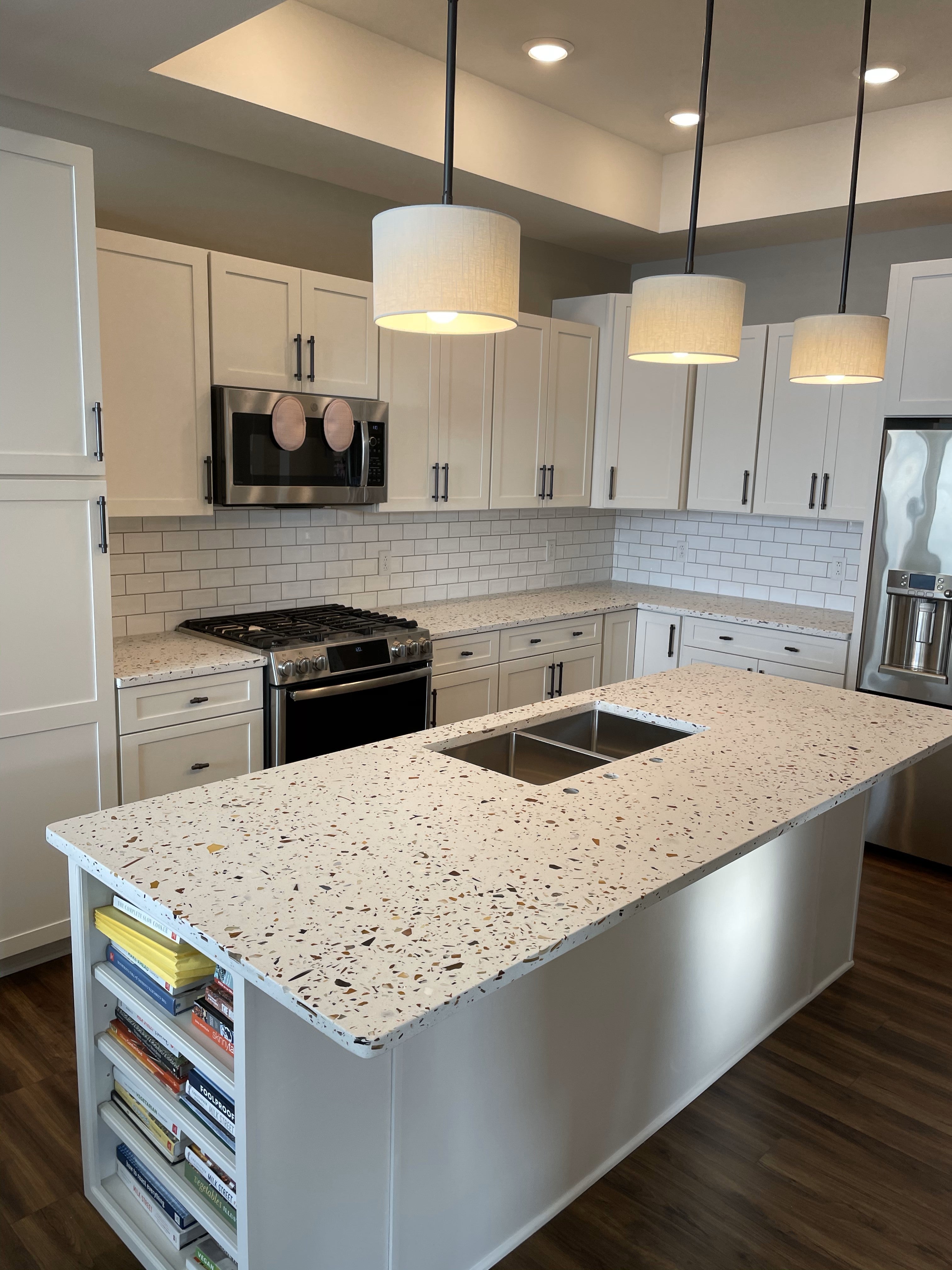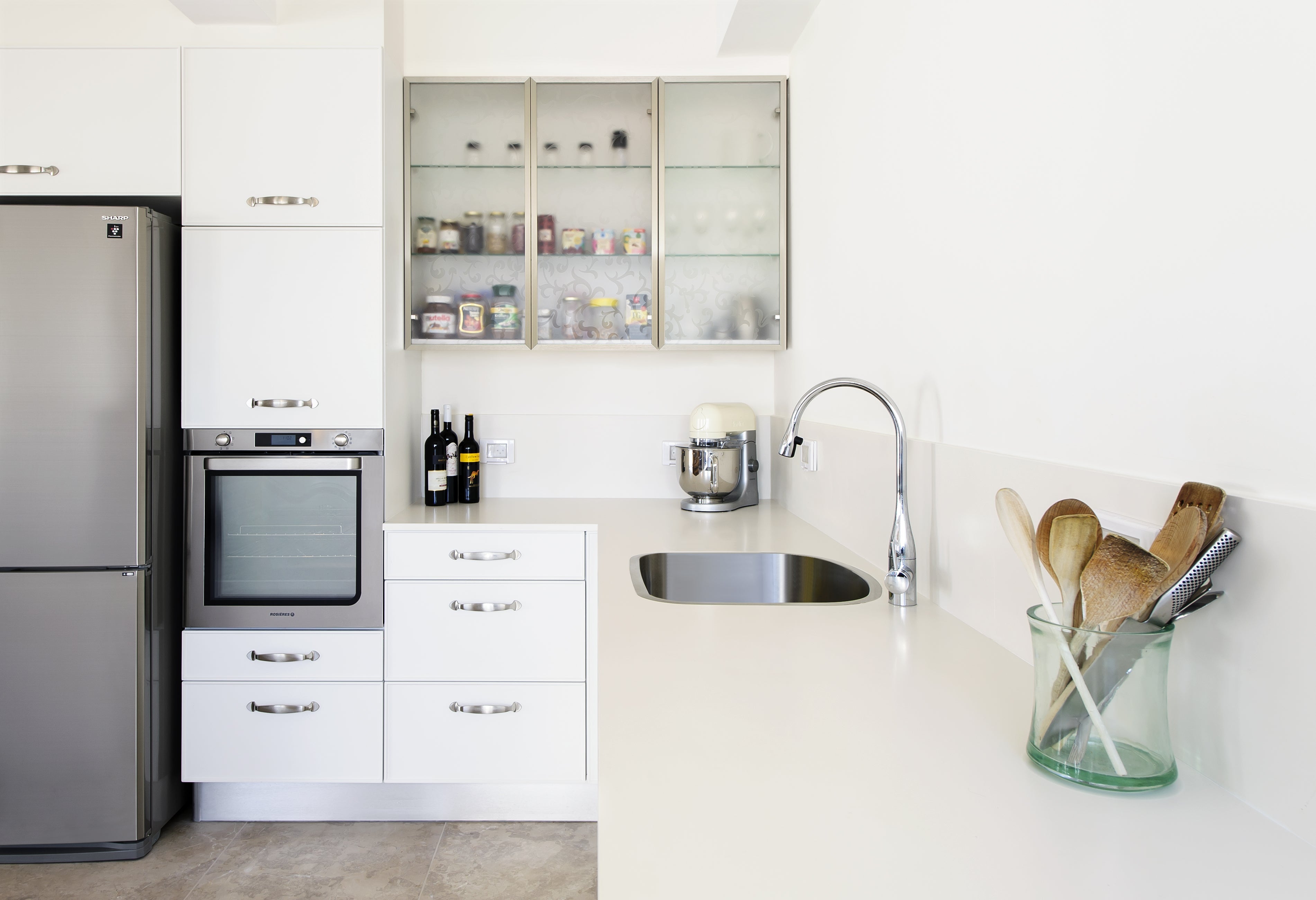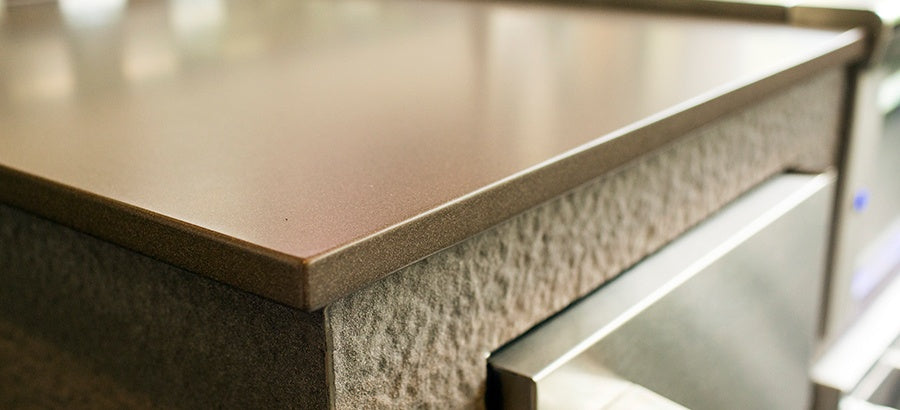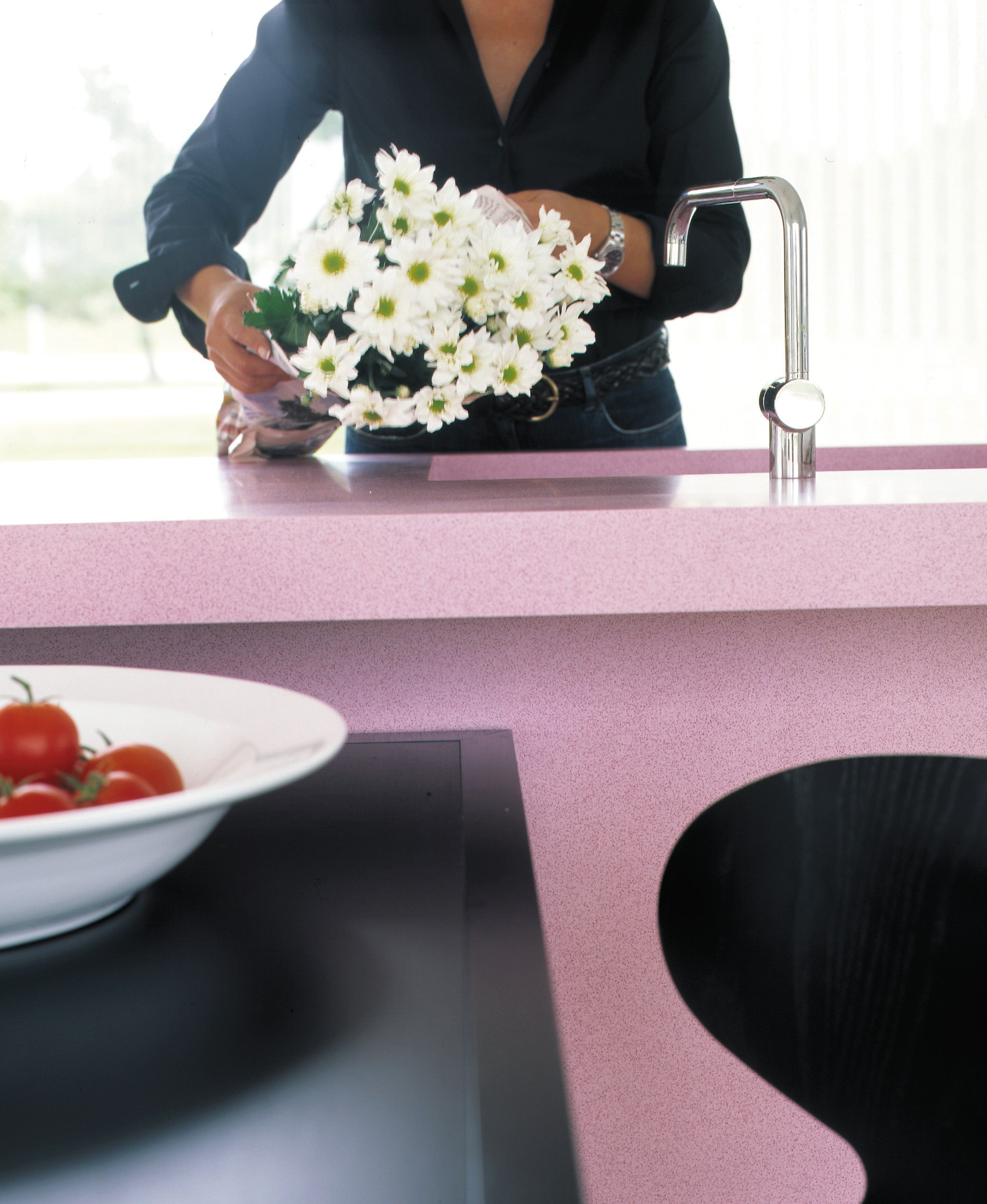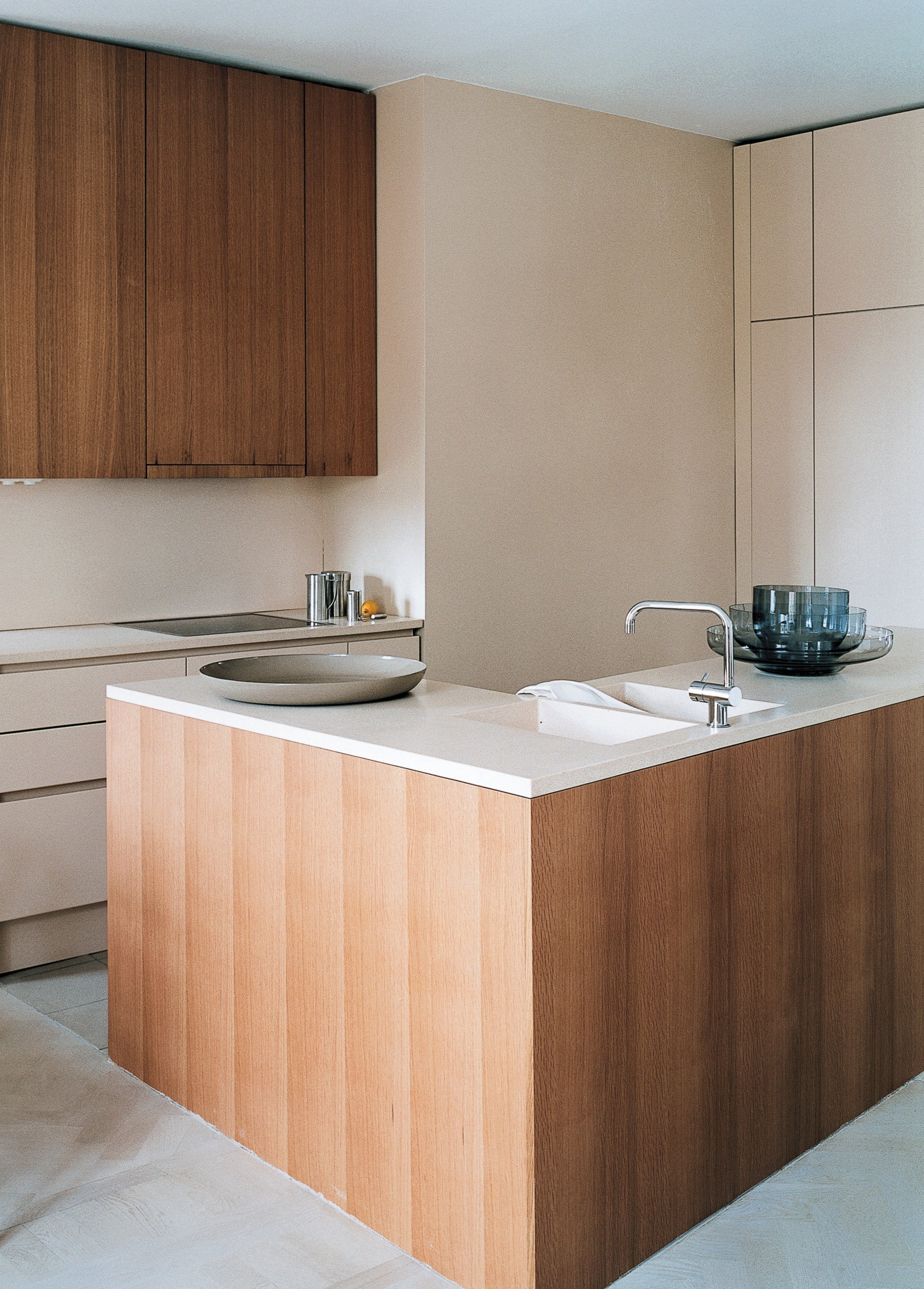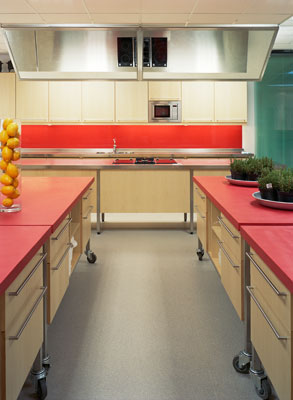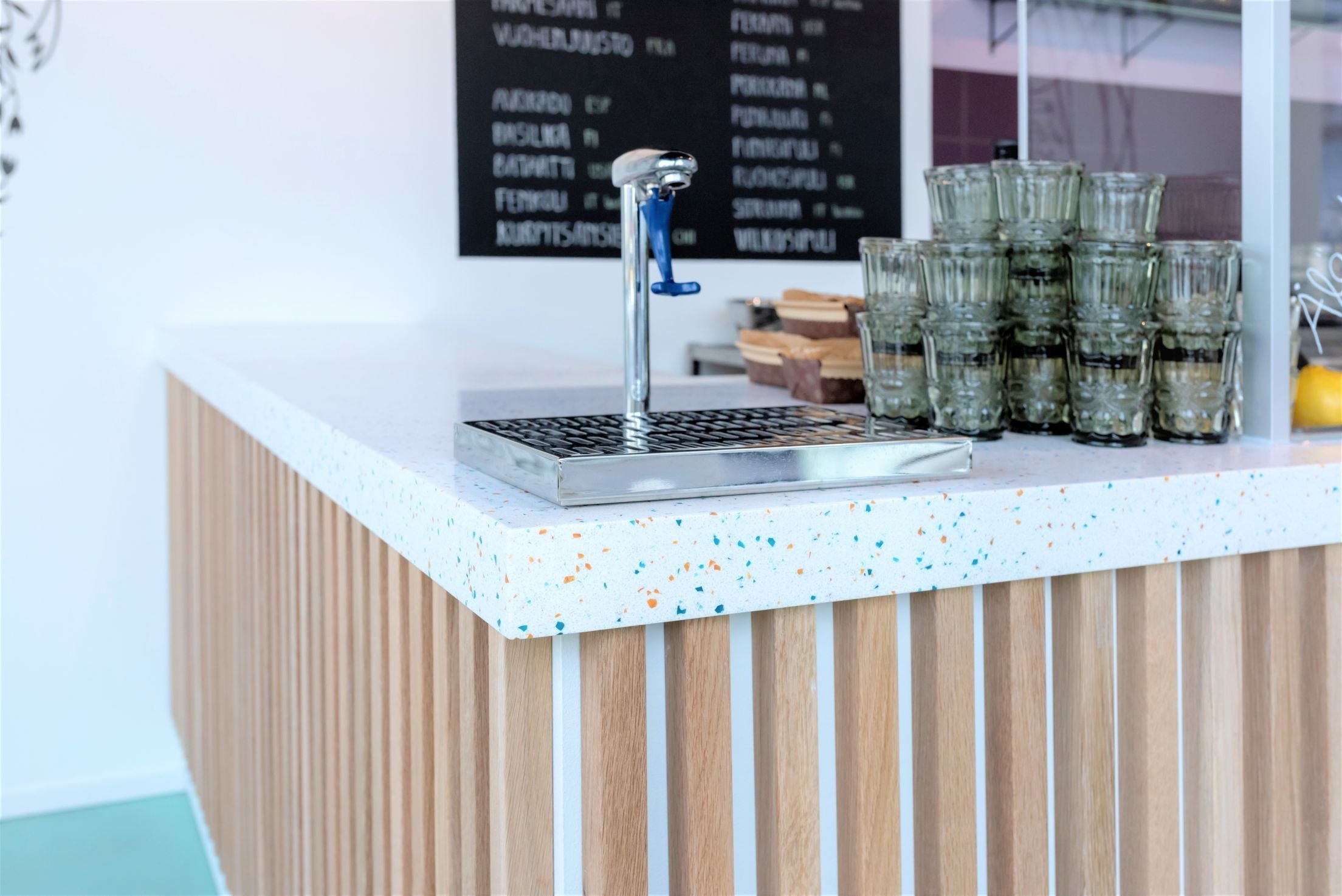Blogs by CaraGreen
Quartz vs. Quartzite: Know the Difference
Quartz vs. Quartzite: What’s the Difference?
Trying to choose between quartz and quartzite countertops? Quartz is man-made, low-maintenance, and available in many colors, while quartzite is a natural stone known for its unique, high-end look. Quartz doesn’t need sealing, but quartzite does—and it’s more prone to staining. Quartz offers consistency; quartzite offers one-of-a-kind beauty. The best choice depends on your style, maintenance preferences, and budget.
Sinter vs. Printer – How “sintered stone” differs from porcelain
Sintered stone and porcelain may look alike, but they differ significantly in composition and performance. Sintered stone is made by compressing powdered materials at high heat, often featuring through-body color and veining for seamless edges and enhanced durability. Porcelain, typically printed on the surface, offers more design variety but may show mismatched edges and be prone to chipping. It can also be much thinner, requiring additional support. As interest in low-silica, high-performance surfaces grows, it’s important to ask whether a material is sintered or printed, how thick it is, and where it’s made to ensure it meets your project needs.
6 Reasons Quartz is in Decline
Is Quartz Still the Best Choice for Countertops?
Quartz countertops have been a popular choice, but the market is shifting. Cheap imports drove prices down, leading to lower quality and questionable materials. U.S. tariffs hit back hard, and concerns over worker safety due to silica dust have grown.
Meanwhile, consumers are turning to newer, more sustainable materials like Lapitec, Durat, and PaperStone. These offer better performance, style, and eco-credentials. Quartz isn’t out—but if you choose it, make sure you trust the brand and its practices.
The Ultimate Quartz Alternatives Product Guide
As the quartz industry faces growing challenges like trade conflicts, rising costs, and health concerns, designers and fabricators are turning to strong, beautiful alternatives made in the USA. Options like PaperStone offer a durable, warm, and easy-to-fabricate composite; Lapitec leads the sintered stone category with through-body colors, extreme durability, and low maintenance; IceStone provides eco-friendly concrete and glass slabs with high recycled content; and Durat delivers seamless, customizable solid surfaces with integrated sinks. These alternatives not only avoid the quartz supply and safety issues but also offer exceptional performance and design flexibility, helping you stay ahead of the surfacing curve while avoiding quartz’s pitfalls.
7 Reasons Why Sintered Stone is Better Than Quartz
Sintered stone is rapidly emerging as the superior choice for both residential and commercial surfaces due to its unmatched durability, heat resistance, and design versatility. Unlike quartz, sintered stone is formed by heating minerals into a solid mass without resins, making it more eco-friendly, silica-free, and safer to install. It features inherent textures, through-body color and veining, and is suitable for indoor and outdoor use, including high-traffic and wet areas. Brands like Lapitec even incorporate antibacterial properties and self-cleaning technology. As a cutting-edge, low-maintenance, and sustainable material, sintered stone is paving the way as the future of surfacing.
Our Top Ten Eco-Friendly Countertop Options
Biophilic design is a human-centered architectural approach that integrates natural elements into built environments to promote well-being, reduce stress, and enhance productivity. Unlike traditional green building standards, it is not about earning certifications or meeting point-based criteria, but about fostering a healthier connection between people and nature. Rooted in well-established research, biophilic design is based on three core principles: Nature in the Space (like plants or water features), Nature of the Space (how we experience spatial layouts), and Natural Analogues (designs that mimic nature). It can be implemented in new constructions or retrofitted into existing spaces, making it a flexible and effective design philosophy.




